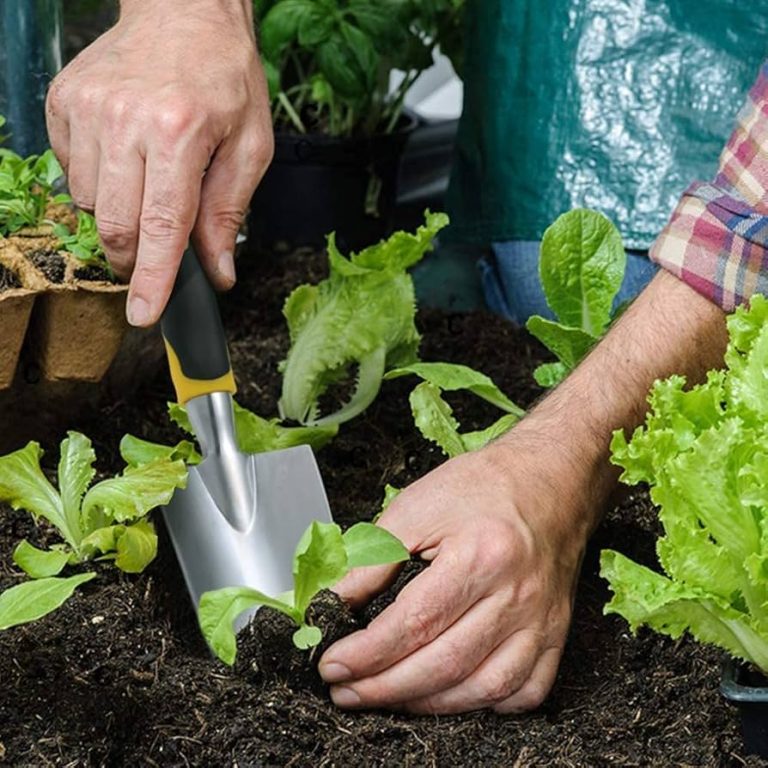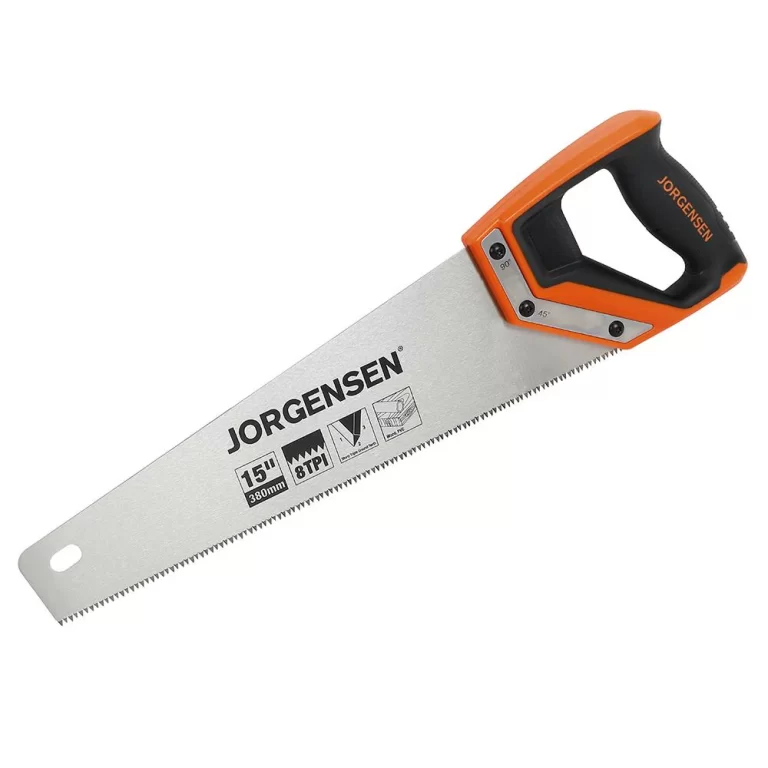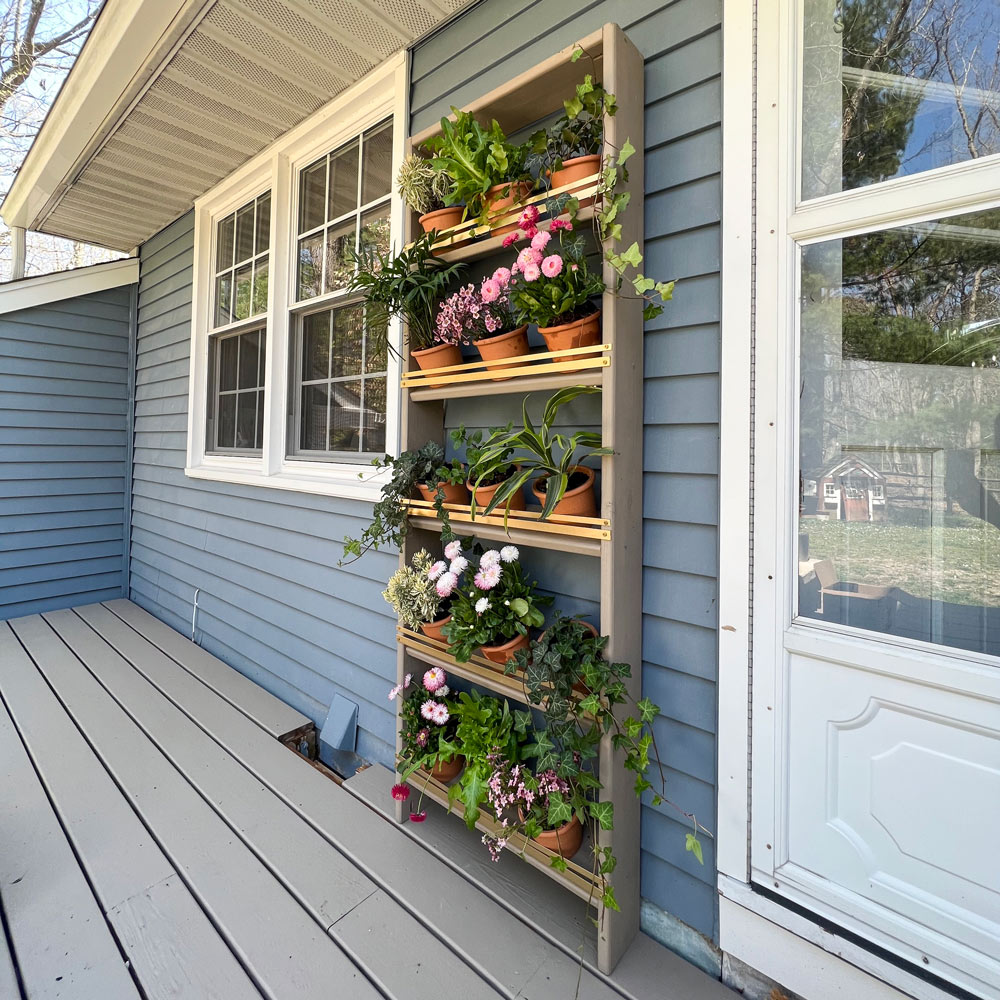
The Power of Garden Shelves
Transforming Your Garden with Stylish and Functional Shelving
Garden shelves revolutionize outdoor spaces, offering both style and functionality. These versatile additions maximize vertical space, creating room for plants, tools, and decorative elements. Gardeners can easily organize their supplies while adding visual interest to patios, balconies, or yards. Well-designed shelves transform cluttered areas into organized, inviting spaces that showcase nature’s beauty. Moreover, garden shelves adapt to various environments, from small urban balconies to sprawling suburban yards. They provide a practical solution for those with limited ground space, allowing gardeners to cultivate a diverse range of plants in a compact area.
Additionally, shelves protect delicate plants from pests and improve air circulation, promoting healthier growth. By incorporating different materials, heights, and designs, garden shelves become statement pieces that reflect personal style while serving essential functions. Furthermore, these shelving units offer flexibility, allowing gardeners to rearrange their displays seasonally or as plants grow. This adaptability ensures that the garden remains fresh and engaging throughout the year. Ultimately, garden shelves combine aesthetics and practicality, elevating outdoor spaces to new heights of beauty and efficiency.
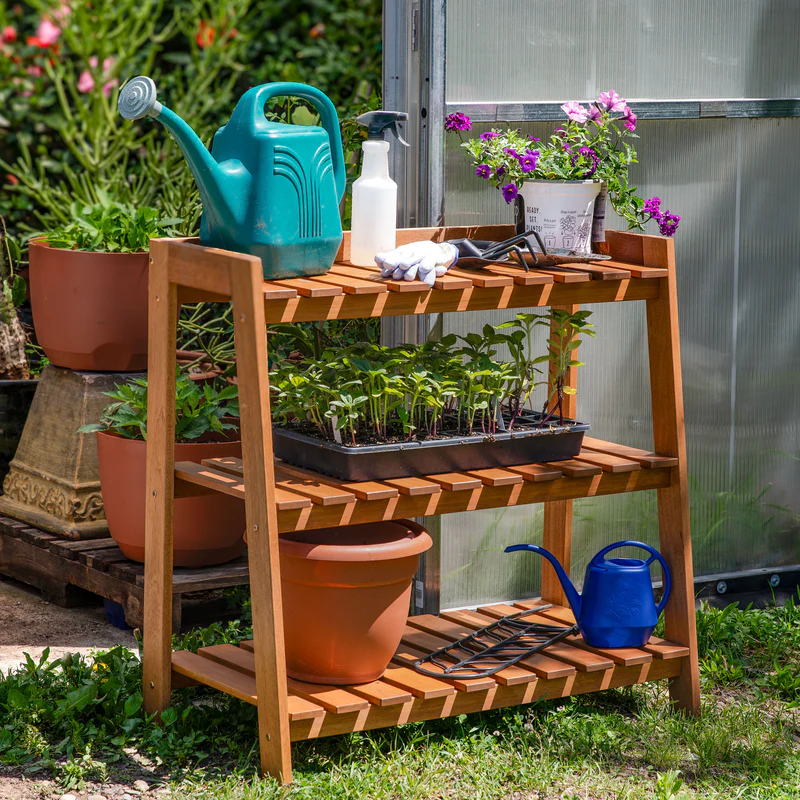
Choosing the Right Materials
Selecting appropriate materials for garden shelves ensures durability and complements the outdoor aesthetic. Wood stands out as a popular choice, offering a natural look that blends seamlessly with garden environments. Cedar and redwood resist decay and insects, making them ideal for outdoor use. For a more modern appearance, metal shelves provide strength and sleek lines. Powder-coated steel or aluminum withstands the elements while adding a contemporary touch. Alternatively, recycled plastic offers an eco-friendly option that resists weathering and requires minimal maintenance. When choosing materials, consider the local climate and the shelf’s intended use.
Humid environments may require materials that resist mold and mildew, while areas with harsh sunlight benefit from UV-resistant options. Additionally, the weight of items to be stored influences material selection. Heavier pots and planters demand sturdier materials like thick wood or metal. Combining materials can create unique designs, such as wood frames with metal mesh shelves for improved drainage. Lastly, consider the overall garden design when selecting shelf materials. The chosen material should harmonize with existing structures and plantings to create a cohesive look.
Maximizing Vertical Space
Vertical gardening transforms limited areas into lush, productive spaces. Garden shelves play a crucial role in this approach, allowing gardeners to stack plants and create multi-level displays. By utilizing vertical space, even the smallest balconies or patios can become thriving gardens. Tiered shelving units maximize growing area while creating visual interest through varying heights. Vertical gardens also improve air quality and provide natural insulation for buildings. When planning a vertical garden, start by assessing available wall space and sunlight exposure.
Choose plants that thrive in the specific light conditions of each shelf level. Trailing plants work well on higher shelves, creating a cascading effect, while compact herbs and succulents suit lower levels. Consider incorporating a mix of decorative and edible plants to combine beauty with functionality. Vertical gardens also offer opportunities for creative DIY projects, such as repurposing ladders or pallets into unique shelving units. Additionally, vertical plantings can serve as natural privacy screens or hide unsightly views. To ensure success, install a reliable irrigation system that reaches all levels of the vertical garden. Drip systems or self-watering planters work well for consistent moisture distribution.
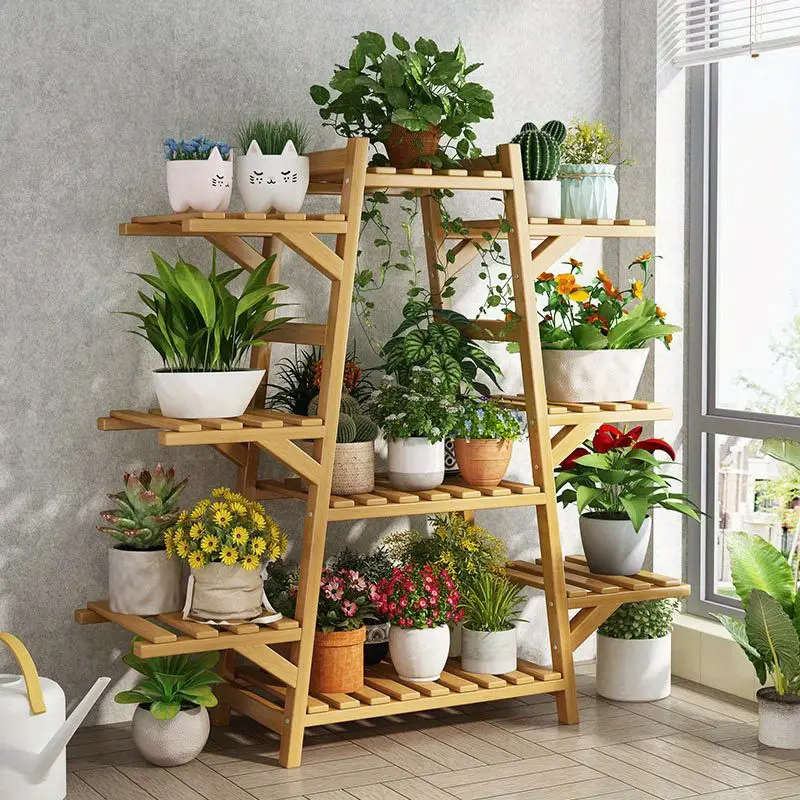
Organizing Garden Tools and Supplies
Efficient organization of garden tools and supplies enhances productivity and enjoyment of outdoor spaces. Garden shelves provide ideal storage solutions, keeping essential items within reach while maintaining a tidy appearance. Designate specific shelves for different categories of tools, such as hand tools, pruning equipment, and watering accessories. Use containers or baskets to group smaller items, making them easy to locate and transport. Label shelves and containers for quick identification, saving time during busy gardening seasons.
Store frequently used tools at eye level for convenient access, while placing seasonal items on higher or lower shelves. Protect metal tools from moisture by storing them in covered areas or using rust-resistant coatings. Dedicate a shelf to gardening references, seed catalogs, and notebooks for planning and record-keeping. Create a potting station by incorporating a work surface into the shelving unit, with nearby storage for soil, pots, and amendments. Use hooks or pegs on the sides of shelving units to hang long-handled tools, keeping them off the ground and easily accessible. Consider adding a small lockable cabinet within the shelving system for storing chemicals or valuable items. Regularly clean and maintain the organization system to ensure long-term functionality and appearance.
Showcasing Plants and Flowers
Garden shelves offer an ideal platform for displaying a diverse array of plants and flowers. By arranging plants at different heights, gardeners create visual interest and depth in their outdoor spaces. Group plants with similar care requirements together for easier maintenance and watering. Use contrasting foliage textures and colors to create dynamic displays that catch the eye. Incorporate decorative pots and planters to add personality and style to shelving units. Rotate plants seasonally to maintain year-round interest and accommodate changing light conditions.
For added drama, use uplighting or string lights to illuminate plants on shelves during evening hours. Create themed displays, such as a succulent collection or herb garden, to showcase specific plant groups. Use shelves to highlight prized specimens or rare plants that deserve special attention. Incorporate hanging plants or trailing vines to soften the edges of shelving units and create a lush, organic feel. Consider the growth habits of plants when placing them on shelves, allowing room for mature sizes. Use shelves to create mini ecosystems, grouping plants that thrive in similar microclimates. Regularly groom and maintain plants on shelves to keep displays looking their best and prevent overcrowding.
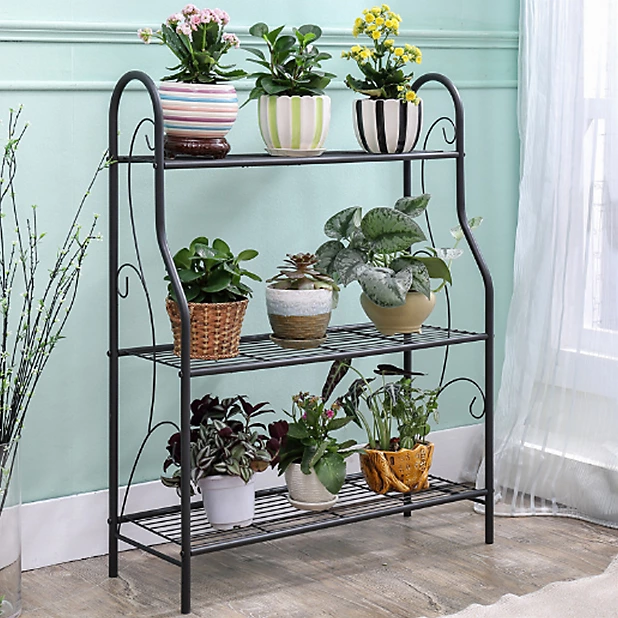
Incorporating Decorative Elements
Garden shelves provide the perfect canvas for showcasing decorative elements that enhance outdoor aesthetics. Intersperse plants with carefully chosen ornaments to create a balanced and visually appealing display. Use weatherproof art pieces, such as metal sculptures or ceramic figurines, to add personality to shelving arrangements. Incorporate colorful glass bottles or vases to catch sunlight and create interesting reflections. Display collections of unique items, like vintage gardening tools or interesting rocks, to personalize the space. Use decorative lanterns or candle holders to add warmth and ambiance during evening gatherings.
Hang small mirrors on the back of shelving units to reflect light and create the illusion of more space. Incorporate natural elements like driftwood, seashells, or pinecones to bring a touch of nature to the shelves. Use decorative plant labels or markers to add charm while identifying different species. Display outdoor-friendly books or magazines for a cozy reading nook feel. Incorporate small water features, like tabletop fountains, to add soothing sounds to the garden. Use decorative trays or platters to group smaller items and create cohesive vignettes. Regularly rotate decorative elements to keep the display fresh and reflect changing seasons or themes.
DIY Garden Shelf Projects
Creating custom garden shelves allows for personalization and cost-effective solutions. Start with simple projects using reclaimed materials, such as wooden pallets or old ladders, to create unique shelving units. Repurpose vintage items like wooden crates or metal filing cabinets into charming garden storage. Build tiered plant stands using lumber and basic tools for a custom fit in small spaces. Transform old shutters or doors into vertical planters by adding small shelves or pockets. Create hanging shelves using rope and wooden planks for a rustic, nautical-inspired look. Upcycle old dresser drawers into wall-mounted shelves for a whimsical garden display.
Construct a potting bench with built-in shelving using salvaged wood and hardware. Design modular shelving units that can be rearranged to accommodate changing garden needs. Build a fold-down shelf that attaches to a fence or wall for space-saving storage. Create a rolling garden cart with multiple shelves for easy mobility around the garden. Construct a corner shelf unit to maximize awkward spaces in the garden or on a patio. Design and build custom planter boxes with integrated shelving for a seamless look. Use PVC pipes to create a modern, industrial-style shelving system for small plants or herbs.
Maintenance and Care
Proper maintenance ensures the longevity and functionality of garden shelves. Regularly inspect shelving units for signs of wear, damage, or loose components. Tighten screws and bolts as needed to maintain structural integrity. Clean shelves periodically using appropriate methods for the material, such as gentle soap and water for wood or metal surfaces. Apply protective finishes or sealants to wooden shelves annually to guard against moisture and UV damage. Check for and address any signs of rust on metal shelving units promptly. Ensure proper drainage for potted plants to prevent water damage to shelves. Redistribute weight on shelves as needed to prevent sagging or warping over time.
Prune and maintain plants regularly to prevent overcrowding and keep displays looking tidy. Address any pest issues promptly to prevent damage to both plants and shelving materials. Reposition shelves or adjust plant arrangements to accommodate seasonal changes in sunlight and temperature. Store or cover shelving units during harsh winter weather if they are not designed for year-round outdoor use. Regularly assess the organization system and make adjustments as gardening needs change. Keep tools clean and well-maintained to prevent damage to shelving surfaces during storage.
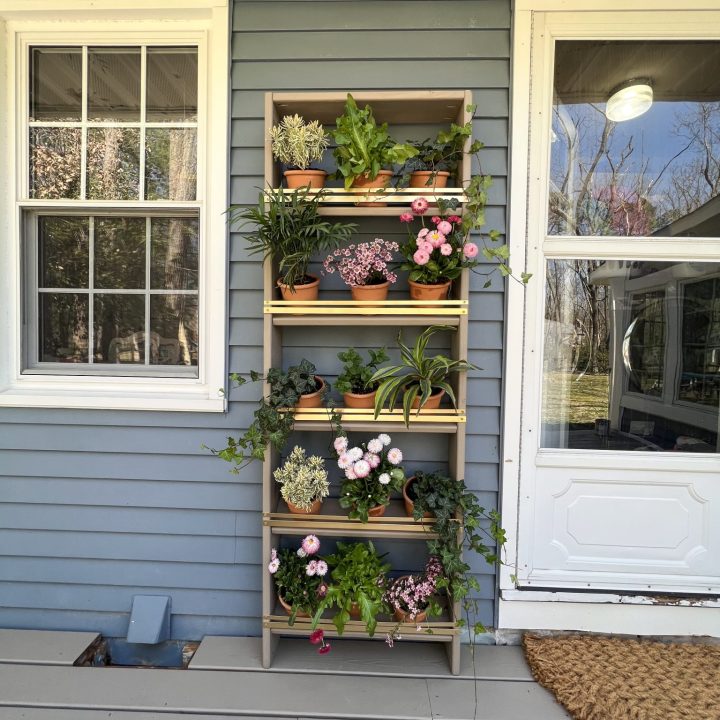
Seasonal Adaptations
Garden shelves offer versatility for adapting to changing seasons and weather conditions. In spring, use shelves to start seedlings and nurture young plants before transplanting. Display colorful annuals and hanging baskets during summer months for vibrant, eye-catching arrangements. Transition to autumn by showcasing plants with fall foliage and incorporating seasonal decorations like gourds or dried flowers. Prepare for winter by moving tender plants to sheltered areas and using shelves to store garden equipment. Use shelving units to create winter interest with evergreen plants, berries, and frost-resistant ornamentals. Adjust plant placement on shelves to accommodate changing sun patterns throughout the year. Use shelves to force bulbs indoors during winter months for early spring blooms.
Incorporate seasonal lighting, such as string lights or lanterns, to extend the use of outdoor spaces. Rotate container plants on shelves to ensure even growth and sun exposure as daylight hours change. Use shelves to display seasonal ornaments or create themed vignettes for holidays and special occasions. Adapt watering and care routines for plants on shelves as temperature and humidity levels fluctuate. Consider adding temporary covers or protective elements to shelving units during extreme weather events. Regularly reassess plant health and rearrange displays to maintain visual appeal throughout the year.
Inspiration and Design Ideas
Garden shelves offer endless possibilities for creative expression and functional design. Draw inspiration from various gardening styles, such as formal English gardens or minimalist Japanese aesthetics. Create a tropical oasis by filling shelves with lush foliage plants and colorful bromeliads. Design a Mediterranean-inspired display with terracotta pots, herbs, and drought-tolerant plants. Use shelves to create a vertical vegetable garden, maximizing food production in small spaces. Incorporate water-wise succulents and cacti for a low-maintenance, desert-inspired arrangement. Design a butterfly and bee-friendly garden by showcasing native flowering plants on shelves.
Create a sensory garden with fragrant herbs and textured foliage at different heights. Use shelves to display a collection of rare or exotic plants for a botanical garden feel. Design a zen-inspired space with carefully arranged rocks, mosses, and miniature trees. Create a fairy garden theme with miniature accessories and small-scale plants on shelves. Use shelves to showcase a collection of air plants or epiphytes for a unique, low-maintenance display. Design a color-themed garden using plants and decorative elements in coordinating hues. Create a vintage-inspired garden using antique containers and heirloom plant varieties on weathered shelves. Draw inspiration from art movements, such as Art Deco or Mid-Century Modern, to create stylized plant arrangements.
